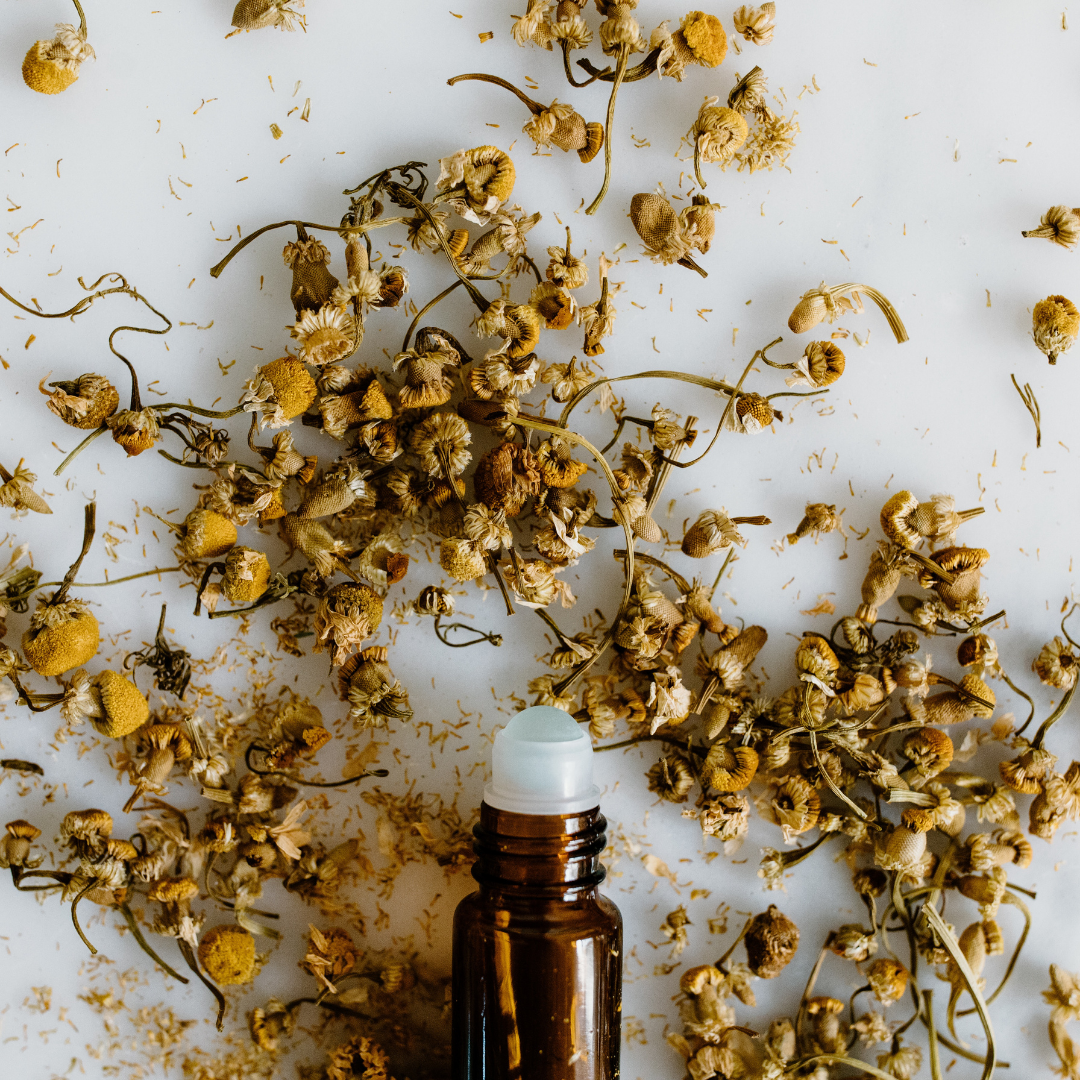Essential oils are nature’s gift and the botanical sources of essential oils can be commonly classified by species. We call these plants “families” and in Aromatherapy, we use these to group essential oils by origin, and therefore classify them by type. Lavabre states that by classifying essential oils by their botanical family, it can tell us a lot about the therapeutic action of an oil. This approach is based on the classical system of herbal medicine and the traditional uses of medicinal plants. There are similarities between plants of the same family and therefore recommended uses in Aromatherapy.
As we know, essential oils are extracted from each of these plant families and each plant family has different properties and uses for application in therapeutic aromatherapy.
We are going to explore each of the plant families and take an in-depth look into their uses and the essential oils related to each family.
The main family groups of essential oils are
Floral, Herbaceous, Medicinal, Woody, Citrus, and Spicy

Each of these groups have a number of botanical groups attached to them. Below, we will outline each of these family groups in detail and their functions and uses.
Floral
Floral Essential oils are feminine, gentle, and nurturing oils.

Botanical Group: Rosacea, Geraniaceae, Lamiaceae, Asteraceae, Oleaceae, Annonaceae
Aroma: Sweet, perfumy, warm, and subtle
Properties: Valuable medicinal qualities including sedative, anti-depressant, anti-inflammatory, cell regenerative, healing and aphrodisiac
Essential Oils: Geranium, Lavender, Rose, Jasmine, Neroli, Ylang-Ylang, Chamomile, Blue Tansy, Helichrysum
Blends Well With: Woody, Spicy, and Citrus
Herbaceous
Herbaceous Essential Oils are culinary, medicinal, herbal oils

Botanical Groups: Lamiaceae, Labiatae, Apiaceae
Aroma: Strong, warm, herbaceous, grassy, mild floral scents
Properties: Healing, digestive, tonic, supports the respiratory system
Essential Oils: Clary Sage, Fennel, Rosemary, Peppermint, Sweet Marjoram, Basil, Thyme, Oregano, Spearmint, Coriander, Dill, Carrot Seed, Melissa, Bay Laurel, Parsley
Blends Well With: Medicinal, Woody oils
Medicinal
Powerful healing oils, highly antiseptic, anti-microbial, great for the immune system and respiratory system. Supports digestive system health, pest control, and disinfection.

Botanical Group: Myrtaceae, Poaceae
Aroma: Strong, camphorous scent, minty, fresh, woody, medicinal
Properties: Antiseptic, analgesic, antiviral, anti-bacterial, anti-fungal, anti-parasitic, immune system enhancer, respiratory health, wound care, parasite control, and disinfection.
Essential Oils: Tea Tree, Peppermint, Eucalyptus, Niaouli , Citronella, Palmarosa, Lemongrass, Spearmint, Wintergrass
Blends Well With: Citrus, Spicy, Woody, Herbaceous
Woody
Woody resinous and strong, these essential oils bring warmth, groundedness, and medicinal qualities

Botanical Groups: Bursearaceae, Cupressaceae, Lauraceae, Pinaceae
Aroma: Woody, strong, warm, earthy, resinous, soft, balsamic, fresh
Properties: Anti-inflammatory, sedative, analgesic, wound healing, respiratory healing, anti-fungal, supports circulatory function, immune system, calms the nervous system.
Essential Oils: Fir, Cedarwood, Cypress, Juniper, Sandalwood, Frankincense, Rosewood, Camphor, Ravensara, Laurel, Myrrh, Pine, Spruce, Balsam
Blends Well With: Herbal, Floral, Spicy, Citrus
Citrus
Commonly known as the Rue Family, Citrus Essential Oils are uplifting and refreshing

Botanical Group: Rutaceae
Aroma: Fresh, fruity, mild, low to moderate odor sharp, sweet, slightly floral
Properties: Stimulates the nervous system, uplifts the mind and spirits, helps with immune function, anti-bacterial, reduces stress, deodorizing, cleansing
Essential Oils: Bergamot, Sweet Orange, Lemon, Lime, Neroli, Tangerine, Mandarin, Grapefruit, Clemantine
Blends Well With: Woody, Spicy, and Floral
Spicy
These essential oils have an exotic, warm, and intense aroma. Commonly used to stimulate and focus

Botanical Group: ZIngiberaceae, Lauraceae
Aroma: Sharp, spicy, warm, nutty, strong, sweet, peppery, woody, sharp, earthy, hot
Properties: Anti-fungal properties, supports the circulatory and immune systems, helps with respiratory function
Essential Oils: Black Pepper, Cardamom, Coriander, Cumin, Ginger, Nutmeg, All Spice, Clove Bud, May Chang, Laurel Leaf, Cinnamon (bark and leaf), Cassia
Blends Well With: Citrus, Woody, or Floral
Just a note on blending:
Knowing the main family groups of Essential Oils is great when blending as certain essential oil families blend particularly well with each other and others do not.
This applies to both blending for perfumery as well as for therapeutic purposes.

